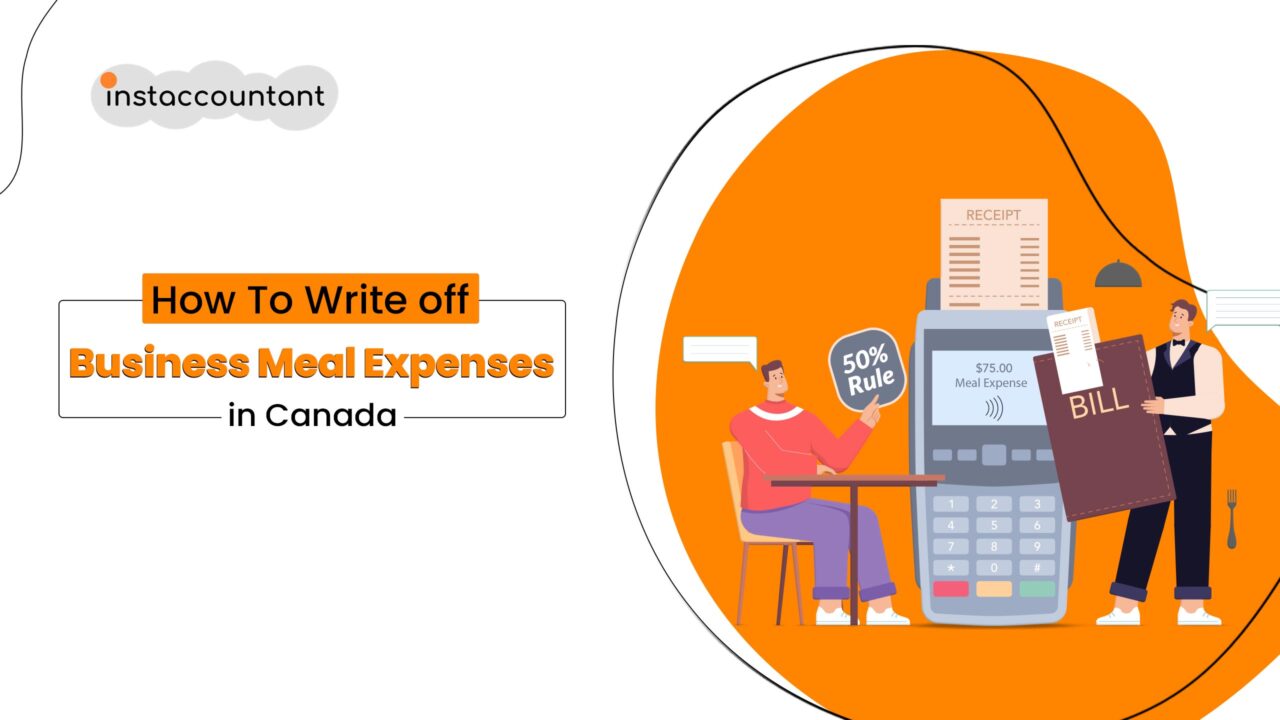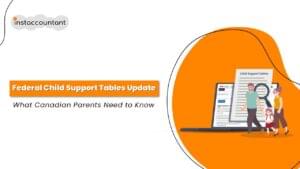If you’re a small business owner or an employee who travels for work, understanding how to deduct your meal expenses from your taxes can be a bit tricky. However, the Canada Revenue Agency (CRA) has specific rules and limitations that you need to follow. The Canada Revenue Agency (CRA) has specific rules that you must follow to ensure you’re claiming these deductions correctly on your 2024 tax return. This blog post will clarify the CRA’s rules on meals and entertainment expenses and provide tips for maximizing your deductions.
The 50% Rule for Business Meals
First of all, you need to know that the CRA limits the amount you can deduct for meals and entertainment expenses to 50% of the actual cost or a reasonable amount, whichever is less. This means that if you spend $100 on a business lunch with a client, you can only claim $50 as a deduction. The same rule applies if you buy tickets to a show or a game for your client or yourself as part of your business trip.
But why 50%? The CRA says that this is because meals and entertainment expenses are partly personal in nature, and partly for the purpose of earning income. So, they only allow you to deduct the portion that is related to your business.
There are some exceptions to the 50% rule, though. For example, if you’re hosting a party or an event for at least six employees, and it’s not more than six times a year, you can deduct 100% of the cost. Or, if you’re providing meals or entertainment to a charity or non-profit organization, you can also claim the full amount.
The 50% rule also applies to other types of expenses that include meals and entertainment, such as:
- Capital expenses, such as buying a property or an asset that has meals and entertainment costs included in the price.
- Research and development costs, such as conducting surveys or experiments that involve meals and entertainment.
- Business development costs, such as launching a new product or service that involves meals and entertainment.
The 50% rule also applies to employee expenses for meals and entertainment, such as:
- Commission-based salesperson expenses.
- Travel expenses for employees who frequently travel away from their employer’s place of business.
Meal Allowance vs. Per Diem Allowance
Another thing to keep in mind is that the 50% rule also applies to meal allowances and per diems. A meal allowance is when your employer reimburses you for the exact amount you spent on meals during your business trip. A per diem is when your employer gives you a fixed amount of money per day to cover your travel expenses, including meals.
If you receive a meal allowance, you can deduct 50% of the amount you spent on your meals, as long as you have receipts to prove it. If you receive a per diem allowance, you can deduct 50% of the amount you received, as long as it is reasonable and does not exceed the CRA’s prescribed rates. You do not need receipts to claim a per diem allowance.
Tips for Claiming Business Meal Expenses
- Keep accurate and detailed records of your meal expenses, including receipts and invoices.
- Use an expense tracker app to automatically track your business expenses and ensure you properly deduct those expenses for tax savings.
- Consult a tax professional if you have any questions or doubts about claiming business meal expenses.
- Make sure to follow the CRA’s prescribed rates for per diem allowances.
By following these tips and guidelines, you can ensure that you are claiming your business meal expenses correctly and taking advantage of the tax savings available to you.




